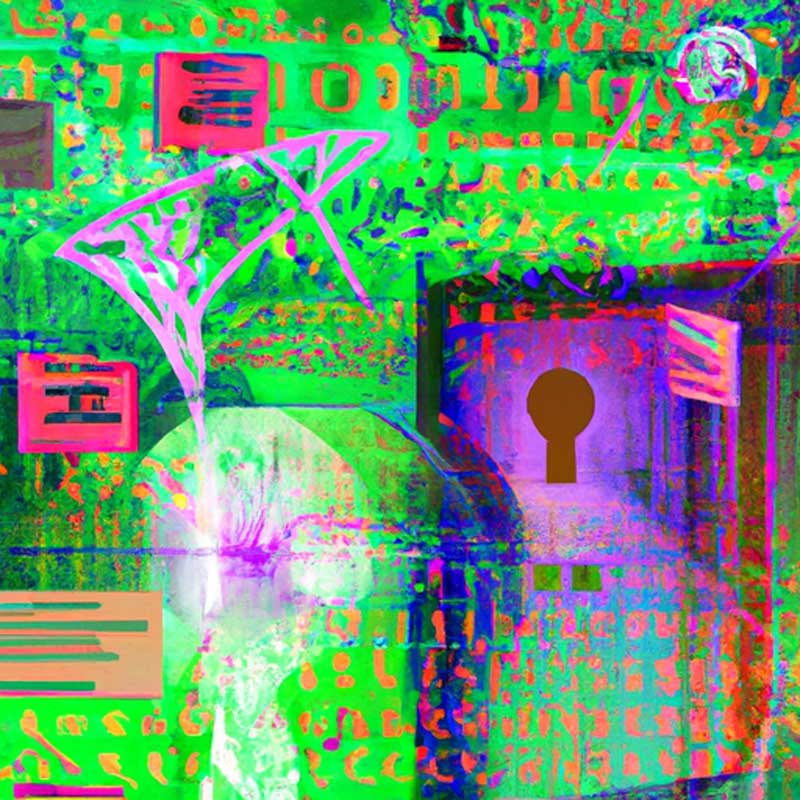In the pursuit of a greener future, automation is playing a crucial role in the integration of clean energy production. With the urgent need to transition to cleaner sources of energy to combat climate change, automation technologies such as robotics, artificial intelligence, and machine learning are transforming the potential of renewable energy sources. By optimizing efficiency, increasing productivity, and reducing costs, automation is paving the way towards a more sustainable energy landscape.
One sector that is seeing the transformative power of automation is wind energy. Robotics and automation systems are being used in wind turbines to improve efficiency, resulting in higher energy output and reduced emissions. For example, advanced automation solutions are being utilized in drilling holes in windmill blades, reducing cycle times and improving accuracy. These advancements in automation are enhancing the reliability and efficiency of wind energy systems.
Another sector benefiting from automation is transportation. Automation technologies are being used in substrate coating solutions for catalytic converters, reducing pollution from automobile exhaust. The optimization of catalytic converter efficiency is critical for minimizing environmental impact and improving overall transportation system efficiency. For example, sophisticated substrate coating systems are being developed that utilize automation to ensure precise coating and weight control, resulting in reduced emissions and improved output rates.
Artificial intelligence, machine learning, and predictive analytics are also revolutionizing clean energy technologies. These technologies are optimizing energy production and consumption, enabling better grid management and storage. Predictive analytics provide insights into energy demand patterns, improving energy distribution and utilization. These advancements in automation and technology are transforming the clean energy landscape, making it more reliable, efficient, and sustainable.
However, the journey towards a sustainable energy landscape requires collaboration and innovation from multiple stakeholders. Governments, industry leaders, research institutions, and communities must work together to drive innovation and promote the adoption of clean energy. Investment in research and development is crucial for unlocking the full potential of clean energy sources and advancing automation technologies.
In conclusion, automation is a catalyst for a greener future. By harnessing the power of automation, clean energy production processes can be optimized, resulting in increased efficiency, reduced emissions, and a more sustainable energy landscape. Collaboration and innovation are essential for building a world powered by clean energy, where automation is at the forefront of a brighter and greener tomorrow.
